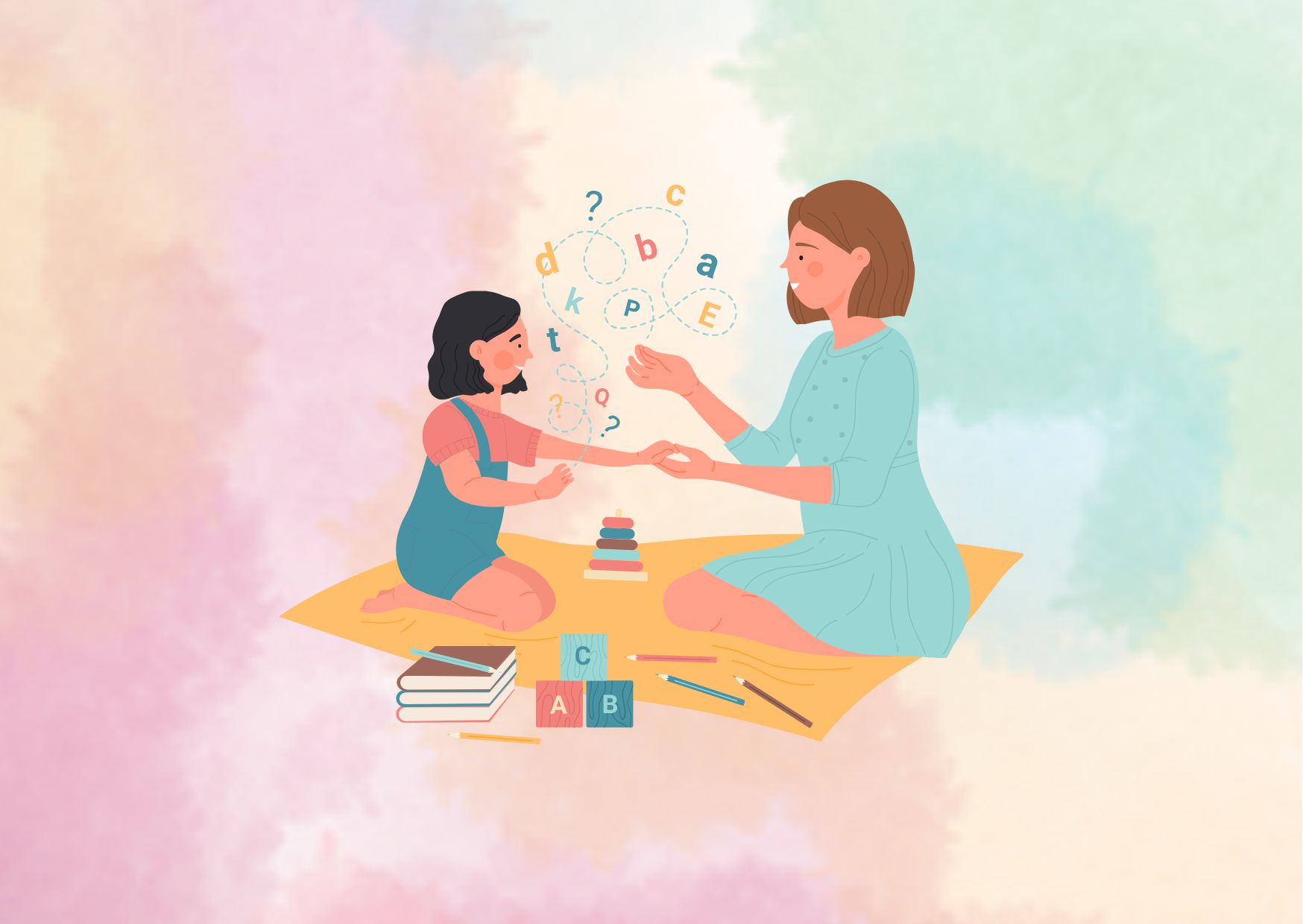10 Clear Neurodivergent Symptoms
Every human brain processes information differently, making each person’s way of thinking, learning, and interacting with the world unique. This natural variation in brain function has led to a growing recognition of neurodivergent individuals in our society.
Understanding neurodivergent symptoms can be complex, as they manifest differently across various aspects of life – from how someone processes sensory information to how they communicate and learn. These symptoms often appear at different life stages and can vary significantly from person to person.
This comprehensive guide breaks down the key indicators of neurodivergence across different age groups and areas of functioning. We’ll explore everything from early childhood signs to adult manifestations, helping you understand the various ways neurodivergent traits can present themselves in daily life.
Understanding Neurodivergent Traits Across Life Stages
Recognizing neurodivergent traits requires understanding how they evolve and manifest across different life stages. These characteristics often emerge in distinct patterns, varying significantly as individuals grow and develop.
Early Childhood Indicators (0-5 years)
During the first five years of life, neurodivergent symptoms often become noticeable through developmental patterns and social interactions. Parents might observe distinctive traits in their children’s behavior and communication styles. Key early indicators include:
- Differences in social communication and eye contact
- Unique responses to sensory experiences
- Specific patterns in play and object interaction
- Distinct ways of expressing emotions
- Variable responses to their name being called
School-Age Signs (6-12 years)
The school environment often brings neurodivergent traits into sharper focus. During these years, children’s unique learning styles and social interaction patterns become more apparent. Social communication differences may become more noticeable, particularly in classroom settings and peer interactions.
Children might display strong preferences for specific routines or exhibit intense focus on particular subjects. Their learning style may differ from peers, often showing exceptional abilities in certain areas while facing challenges in others. Many demonstrate unique problem-solving approaches and might process information differently from their classmates.
Adolescent and Adult Manifestations
As individuals enter adolescence and adulthood, neurodivergent traits often evolve in complexity. Social interaction patterns may become more sophisticated, though they might still differ from typical expectations. Many adults develop effective coping strategies and find environments that complement their unique processing styles.
Professional settings often highlight certain characteristics, such as:
- Strong attention to detail in specific areas of interest
- Creative problem-solving approaches
- Unique communication styles in workplace interactions
- Different sensory processing patterns
It’s crucial to understand that neurodivergent traits aren’t inherently problematic – they represent natural variations in human neurology. The challenges often arise from environmental mismatches rather than the traits themselves. Many neurodivergent individuals develop valuable skills and perspectives that contribute significantly to their communities and workplaces.
Physical and Sensory Symptoms
Physical manifestations of neurodivergence often present through distinct patterns in how individuals process sensory information and navigate their environment. These symptoms can significantly impact daily functioning and quality of life.
Sensory Processing Differences
Neurodivergent individuals often experience unique ways of processing sensory information. This can manifest as either hypersensitivity (over-responsiveness) or hyposensitivity (under-responsiveness) to various sensory inputs. Common sensory processing patterns include:
- Visual sensitivity to bright lights or certain wavelengths
- Auditory sensitivity to specific sounds or noise levels
- Tactile responses to textures and physical contact
- Heightened awareness of smells and tastes
- Altered perception of body position and movement
Motor Skills and Coordination
Approximately 87% of neurodivergent individuals experience some form of motor difficulty. These challenges can affect both fine and gross motor skills, impacting daily activities and physical interactions. Motor coordination differences may manifest in:
| Area | Impact |
| Fine Motor | Difficulty with handwriting, buttoning clothes |
| Gross Motor | Unusual gait, balance challenges |
| Coordination | Struggles with catching objects, spatial awareness |
Physical Response Patterns
Physical health conditions often accompany neurodivergent symptoms, creating unique response patterns to environmental stimuli. Interoceptive differences can affect how individuals perceive internal bodily signals, such as hunger or pain. This can lead to delayed recognition of physical needs or altered responses to discomfort.

